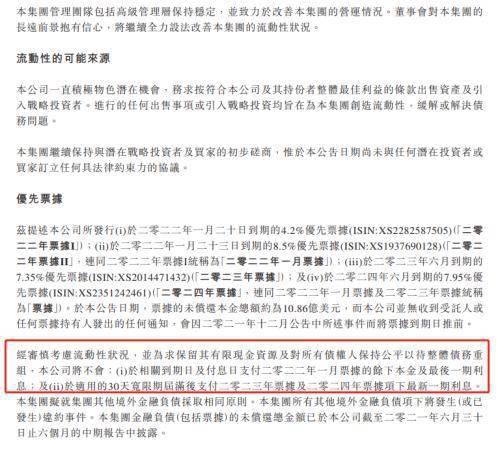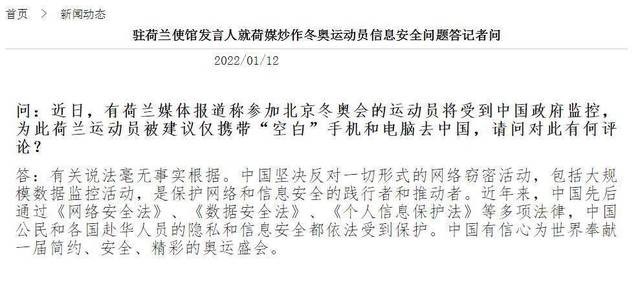奥门特马特资料概述
Welcome to the "Real-Time Variation and Explanation Method: Flavor Edition 95.270" Aomhat Martar Data Presentation. Here, we delve into an intricate array of information and real-time phenomena that capture the essence of variation and its significance in various aspects of our world. If you're curious about how things evolve over time or seek to understand the flavorsome layers hidden within the vast compilation of data, then this article is tailored for you.
Understanding Real-Time Variations
Introduction to Variation Analysis: As complex systems interact with each other, variations become inevitable. Real-time variation and explanation methods enable us to study and comprehend these changes as they occur, providing valuable insights into numerous fields, including economics, technology, and social sciences.
The Art of Explanation Methods
Real-Time Insights & Tools: Explaining real-time variations often involves sophisticated tools and algorithms capable of interpreting large datasets swiftly. These methodologies are essential not only for identifying trends but also for predicting probable outcomes and making informed decisions.
Flavor Edition 95.270 Specifics
Central Focus on 'Taste': The edition number 95.270 denotes a specialized aspect of variation study: flavor. This framework might be applied to gourmet experiences, cultural practices, chemical compositions, or any factor that embodies the ‘flavor’ metaphorically or literally.
Combining Data with Taste
Data Collection & Processing: In combining data with the concept of taste, one must gather diverse forms of sensory data and translate them into quantifiable metrics. This multi-sensory approach provides a comprehensive perspective on how variables shape experience.
Sensory Data & Interpretation
Tasting Experiences Digitized: By treating tastes as variable elements, we can digitize experiences ranging from food reviews to fragrance evaluations, thus standardizing what is inherently subjective.
Technological Advancements
Innovative Tech Integration: Technological advancements allow us to harness machine learning and artificial intelligence to analyze taste-related data efficiently. Such integration enables personalization and predictive capabilities throughout industries.
Application Scenarios
Beyond Industry Boundaries: From gastronomy where chefs experiment with new combinations to tech companies analyzing user preferences for product development, the application of such analysis transcends industry boundaries.
Human vs. Machine Perception
Differences in Tasting: While technology makes strides, it's pivotal to acknowledge the differences between human perception and machine interpretation regarding ‘taste’. Understanding these discrepancies ensures more accurate data-driven conclusions.
Cultural Shifts in Taste Preferences
Impact of Societal Trends: Taste variations offer a unique window into cultural shifts. Analyzing these trends offers insights into market adjustments based on evolving societal tastes, which can prove valuable to businesses worldwide.
Sustainability Considerations
Environmental Awareness in Taste: With growing global concerns about sustainability, examining how people’s tastes influence consumption patterns becomes crucial. For instance, plant-based diets impact agricultural demands differently than those centered on meat products.
Health Implications & Risks
Balancing Pleasure and Well-being: One must account for the health implications amidst changing taste preferences. Scenarios like food allergies, dietary restrictions, and nutritional needs must be considered in the analyzed data scenarios.
Marketing and Brand Positioning
Strategic Uses of Taste Analysis: Businesses can use real-time variations of taste data to strategically position their brands. Catering to consumers’ current desires or predicting future shifts allows for competitive edges in marketing and innovation strategies.
Economic Precision through Taste Insights
Forecasting the Economic Use of Taste: Economic forecasts based on taste variation might indicate consumer behavior better than traditional predictors. Accurate demand predictions can lead to reduced waste and increased efficiency in supply chains.
Conclusion
Grasping Real-Time Taste Variations: Embracing the methodology of “Real-Time Variation and Explanation - Flavor Edition 95.270” reveals a world of dynamic data and oceans of insights. It doesn’t just change how we perceive ‘taste;’ it alters our approach toward understanding and forecasting global tendencies and applications in multiple domains.










 京公网安备11000000000001号
京公网安备11000000000001号 京ICP备11000001号
京ICP备11000001号